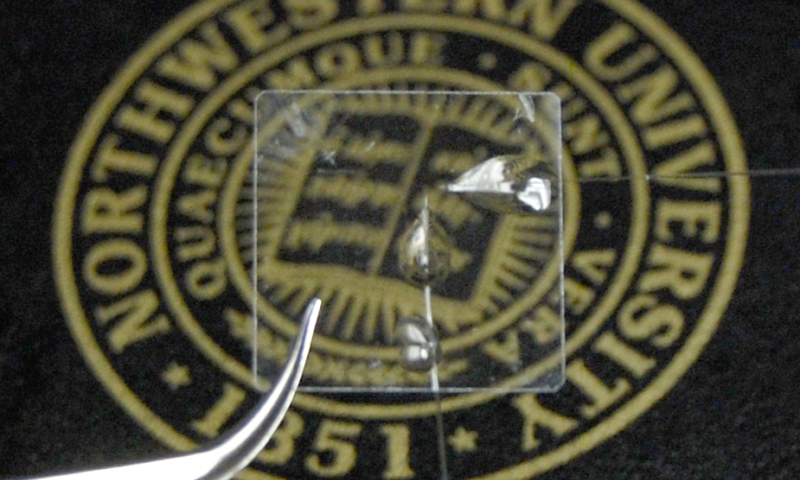Imagine a very small transparent device that can fit inside a contact lens can really have a large scope and help scientists in all fields’ right from geology to biomedicine. The device was developed by the Northwestern University based team of scientists, and like to call these devices as Micro-ring resonator detectors. These devices are capable of determining the blood flow speed as well as oxygen metabolic rate from the back of your eye. Just think, all those sci-fi movies concepts coming to life. This information can really help in diagnosis of debilitating and common diseases like diabetes or muscular degeneration.
The Micro-ring devices are derived from Professor Hao F. Zhang’s pathbreaking work in 2006 for development of photoacoustic imaging that combines light and sound waves for creation of images related to biological materials. The imaging technique has been explored widely for clinical diagnosis as well as basic biological investigations right from human breast cancer screening to nanoscopic cellular imaging. For last three years, an associate professor of biological engineering, Zhang, worked with an associate professor of mechanical engineering, Cheng Sun, and two of their postdoctoral fellows, Hao Li and Biqin Dong, in creation of this Micro-ring resonator detector.

Zhang says, “We believe that with this technology, optical ultrasound detection methods will play an increasingly important role in photoacoustic imaging for the retina and many biomedical applications.” In year 2006, Zhang was investigating new kind of retinal imaging technologies when another associate professor at Northwestern’s Feinberg School of Medicine, Dr. Amani Fawzi, came to him for creation of a completely new diagnostic device that was capable of scaling biological activities from the back of your eye. Zhang adds, “We needed a device that had large enough bandwidth for spatial resolution. And it needed to be optically transparent to allow light to go through freely.” Sun further adds, “Ultrasound detection devices of that time were usually bulky, opaque, and not sensitive enough. And they had limited bandwidth. It could only capture part of it what was happening in the eye.”
Filed Under: News


Questions related to this article?
👉Ask and discuss on EDAboard.com and Electro-Tech-Online.com forums.
Tell Us What You Think!!
You must be logged in to post a comment.